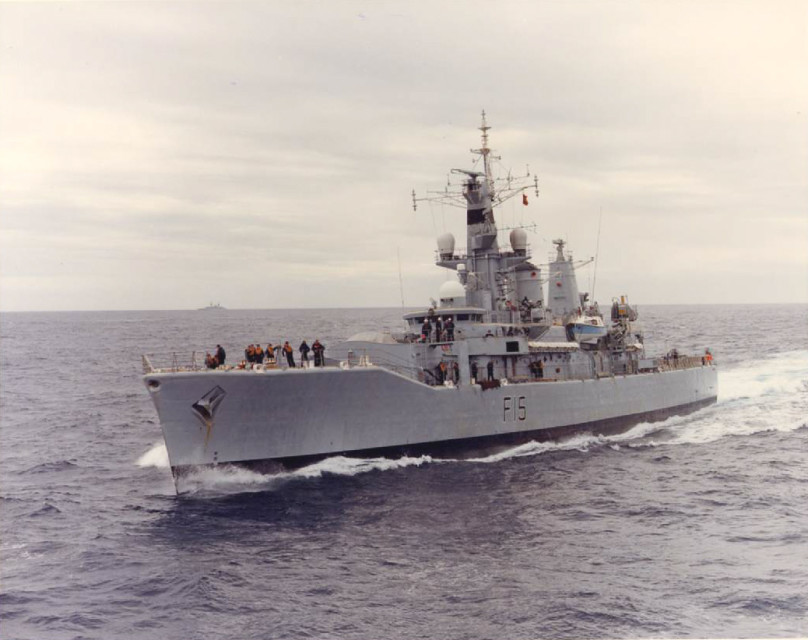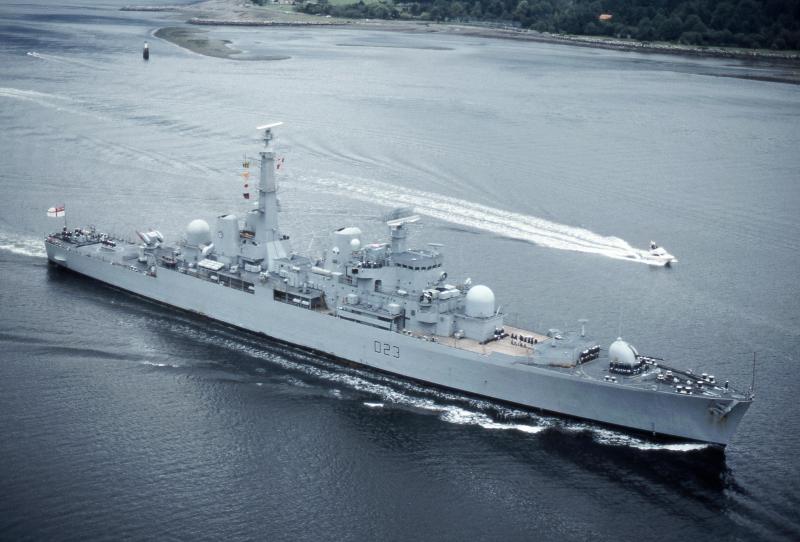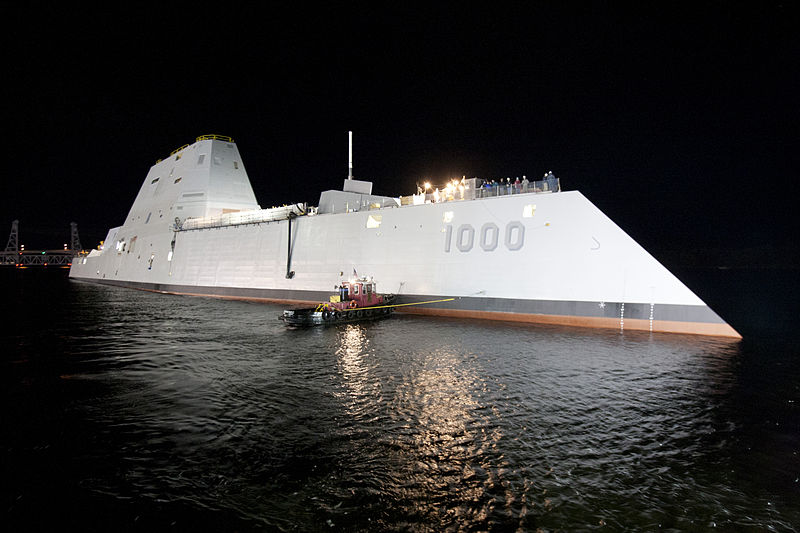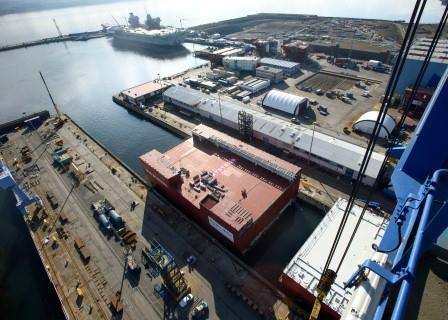In the most recent British government SDSR plan, the Royal Navy’s hopes to get 13 new Type 26 frigates have been trimmed down to only eight. Save the Royal Navy speculates on developing a cheaper ship design that could perhaps fill the gap:
Is it really possible to produce a fully effective frigate that is significantly cheaper than a T26? Let us call it the ‘Type 31’, It still requires point defence missiles, anti-ship weaponry, a hangar and small flight deck (even if only for a UAV or Lynx size helicopter), plus a command and control system and suite of sensors. Although the hull size could be reduced, a simpler propulsion system used and the anti-submarine capability eliminated or reduced. You might cut the cost by 30%, and get a general purpose ship but there is still the cost of developing a new design. (At least £200M has already been spent on the T26 design as well as various development ‘blind alleys’ along the way.) A second frigate type will also need its own equipment support logistics and training pipelines.
The desire to create an exportable frigate is laudable but will we not be re-inventing the wheel when there are already cheaper foreign designs that could be licensed or adapted. The highly successful German MEKO design and the Danish Stanflex system are good examples.
If your warship is designed to cope in high-intensity conflict then it will need expensive weapons and sensors. Today’s generation of supersonic anti-ship missiles are truly formidable. Modern surface ships face greater and more diverse threats than ever. To counter this requires good sensors, agile missiles and an array of decoys, backed up by last-ditch close in weapon systems (CIWS). Although the general purpose frigate may not be dedicated to hunting submarines, it will still need a decent sonar to give some hope of prosecuting a submarine or detecting and avoiding torpedo attack. Submarines are also getting more and more stealthy with a growing arsenal of weapons. Without quiet propulsion and sophisticated sonars (i.e. towed arrays) that can detect threats at range and helicopters to attack, the Type 31 could ‘just be another target’.
If your escorts are really going to escort anything eg. an aircraft carrier or merchant shipping, then it needs more than just last-ditch self-defence weapons. A Phalanx CIWS may defend the ship it is mounted on, but it is little use protecting another vessel. If the escort ship can only defend itself, it has very limited use or must be permanently on the offensive. The Sea Ceptor being fitted to the Type 23 and Type 26 frigates has the major advantage over the Sea Wolf it replaces by having more than double the range (around 25Km), significantly extending the size of the protection umbrella over ships being escorted. Frigates are traditionally built to hunt submarines, if our Type 31 has no real ASW capability then it is pretty limited in a wartime role.
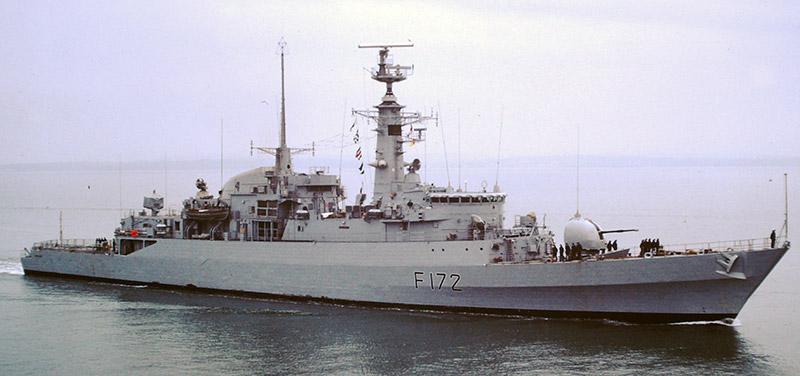
Sleek, fast and loved by their crews, the Type 21 was the poster child for the cheap frigate. There is a very fine line between a successful ‘less capable, cheaper frigate’ and a compromised warship design that becomes a liability. The Type 21 Frigate design of the 1970s was designed by a private company and accepted by the RN as a way to get a modern and affordable frigate to sea. Unfortunately when tested in the heat of the Falklands war their deficiencies became obvious. A top-heavy design on a lightweight hull, they suffered structural problems in the prolonged South Atlantic operations. They were also inadequately armed and suffered accordingly. God help them if they had gone up against Soviet aircraft or missiles. Ironically the surviving Type 21s still soldier on today in the Pakistani navy. Upgraded with a Phalanx system and Chinese SAMs / Harpoon missiles they are now slightly more potent.

